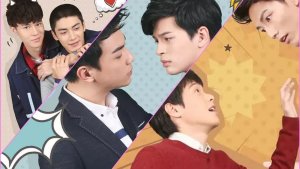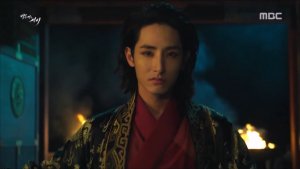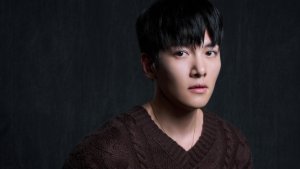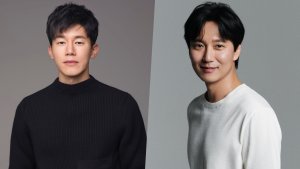 Dissecting HIStory: Part 2
Dissecting HIStory: Part 2
If there’s anything a novel and a K-Drama have in common, it's the plot. Both have a big job to do: deliver a story in a coherent and exciting way. In 9th and 10th grade, I had classics like The Adventures of Huckleberry Finn and To Kill a Mockingbird rammed down my throat. I was asked countless questions about author’s purpose, foreshadowing, and diction (AKA word choice). Though I didn’t enjoy these novels, I did learn a lot about the nuts and bolts of telling a story. I firmly believe that those same principles I learned about in my years as an underclassman can be applied to my favourite genre of TV - K-Dramas.
In my mind, a story can be told lots of ways, but there are some things that must be done to make that story effectively. I’m not here to say, “Romance dramas are trash, and only cop shows are worth a darn.” First of all, I don’t think that, and second of all, that’s not the point of this piece. Romance and crime are wildly different genres, but they have their most basic plot structures and devices in common.
A quick warning, though; this piece features spoilers for 38 Task Force and Save Me. This will be your only warning.
To begin, let’s talk a bit about the general structure of a story. We all know that there’s a beginning, a middle, and an end, but there are also many smaller pieces that fit within those categories, including the exposition, conflict, rising action, climax, falling action, and resolution. These pieces are usually presented in a diagram that looks something like this:

This is called a plot diagram or a plot curve. Not only does it show the beginning, middle, and end of a story, but it also shows those other pieces I mentioned above. This neatly displays how a story should flow in order to feel satisfied. Every K-Drama treats this curve a bit differently, and a good way to break down, which dramas have great plots is by looking at how they fit into this curve (or don’t). Let’s start at the very beginning (a very good place to start) with the exposition.
Exposition refers to the part of the drama (or novel, or movie, or fairy tale, or whatever it is that has a plot) where the writer lays the foundation for the audience to understand the rest of the show. This might mean having the main character show off his super-powers to quickly and easily teach the viewers what he is capable of (Blood). Maybe there’s a grand flashback of the main character’s past (Goblin). Both of these dramas feature very interesting, very dramatic ways of delivering information to the viewer in those vital first episodes. Exposition shouldn’t last too long though; it should be just long enough for the viewer to get a grasp of the world of the show and to know a little bit about the main characters so they won’t be lost when the conflict rolls around. Give viewers a bit of detail, then throw them into the deep end.
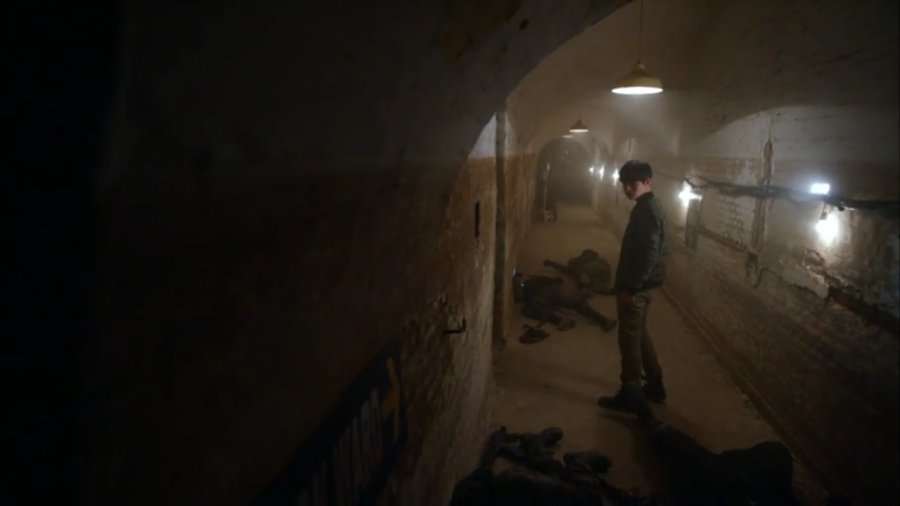
Conflict is probably the most powerful part of a story, and it’s unfortunate that writers in many different mediums, including K-Dramas, have a habit of getting it wrong. There are many different types of conflict, whether it be person vs person, person vs society, or person vs nature, and they can be mixed and matched in many different ways. In my mind, though, the key to great conflict is great characters. Conflict should spring out of the characters in a story because of their unique goals and how those goals interact. In Are You Human, Too? human-Shin doesn’t hate robo-Shin because the writer in the sky told him to. They have a conflict because they have different goals and experiences, and they have very unique personalities that don’t fit together. The conflict between them isn’t just there- it exists because of their interactions.
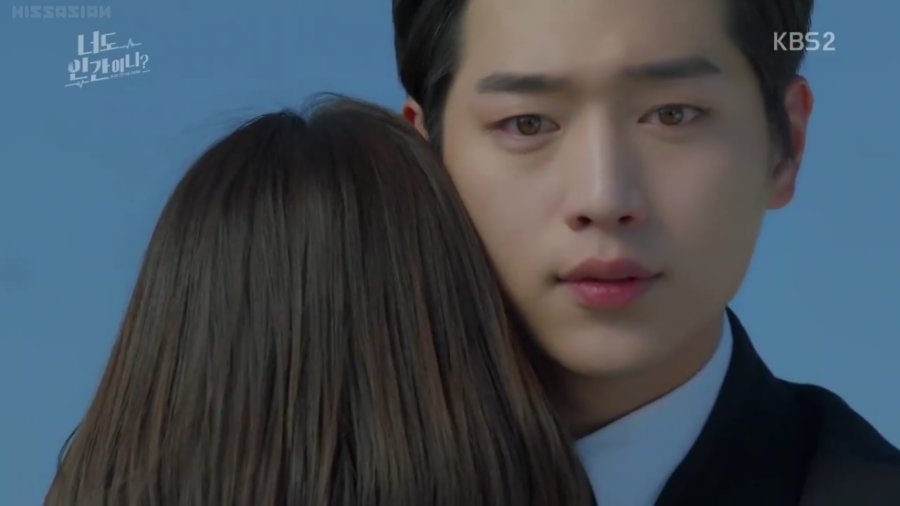
An example of conflict done poorly can be found in You Who Came from the Stars. To me, the conflict between Min Joon and Jae Kyung is silly. The lack of balance in their relationship leads to their conflict feeling flimsy and unrealistic. Min Joon is an all-powerful alien. In fact, he’s so overpowered, the writers actually had to shoehorn in a caveat about how he can’t kill anyone for… reasons. The balance between the Shins is much better. Robo-Shin is physically strong, but he has his limits and he’s too kind to act on some of his more violent, human urges. To balance that, human-Shin is a loose cannon. He’s manipulative and cruel, and that works very well alongside his android counterpart. They are well-balanced, and that makes their scenes together tense and their overall conflict satisfying. This sort of balanced conflict can also be found in series' like Defendant, Lookout, and The K2.
The rising action is the middle section of the show, oftentimes, is the part of the series that drags. It bridges the initial conflict and the climax. I think the key to writing good rising action is to always have the climax in mind. The climax is a goal that the characters are striving for. Everything the show does should be in pursuit of the end goal. If the rising action lacks interest, then the climax will lack interest as well, and vice versa. A writer should build viewers up with the rising action. Put the characters in the hot seat, and the viewers will feel it, too.
The climax of a series is what viewers all wait for. If the conflict is what drives the show forward, and the rising action is the road it follows, then the climax is the showdown on the edge of a cliff that the main characters are rushing toward. The climax should be stormy, intense, and exciting. This is where the characters of the series are pushed to their limits. Maybe they only have so much time before a character will die to solve the main conflict of the series. Maybe the climax of the series is the big battle or heist, or chase that the characters have wanted for so many episodes. Maybe the main couple had an intense rift grow between them, and this climax is the moment where they finally realize that they really are still in love. 38 Task Force has an especially admirable climax. The rising action involves our heroes having disagreements and failures before they finally all join back together in a no-holds-barred con to defeat the big bad. It’s exciting and so full of twists that you can’t look away for even a moment without missing something. It’s fantastic.
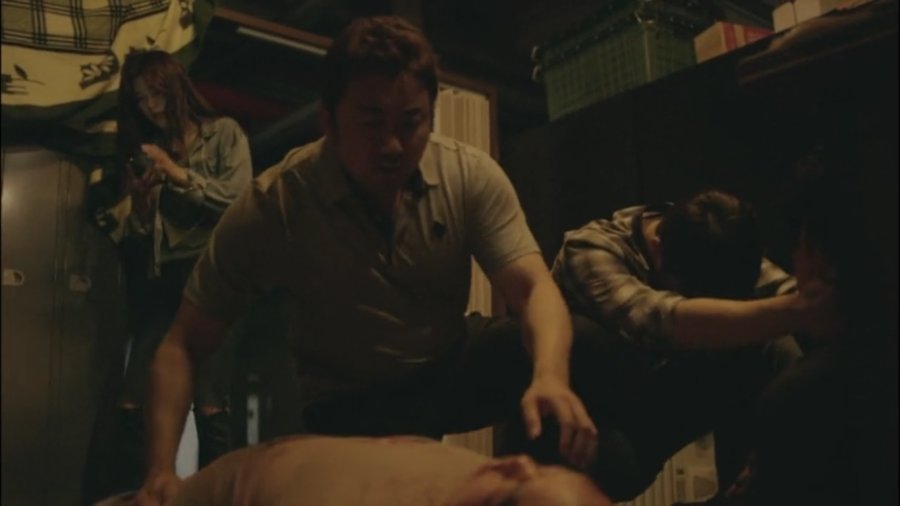
Finally, we can talk about the end of a series. This is critical. K-Dramas, in my opinion, fall into two categories when it comes to endings:
The series has its climax, then it landslides to the resolution and it’s over before you can blink.
The series has its climax, then the falling action is slow and takes too long.
My preference is the former. The climax is the series’ big moment to shine, so if the writer spends too much time fooling around with the falling action and resolution, then it can leave a bad taste in the viewer’s mouth. I don’t think it’s a good idea to have a big bang as a climax, then have the show lazily slide into the end. I think loose plot threads should be solved by the climax or immediately after. The falling action should be quick and painless, not sloppy and slow. I think that Moon Lovers is a victim of a lazy falling action. I would say that the climax happens in episode 18 or 19 (I haven't quite decided), but there's an entire 20th episode that is sad, yes, but also boring as heck. The ending could have been a bit snappier and streamlined.

The end also includes the resolution. The big battle, or heist, or scheme at the end should solve the characters’ problems, so the ending of the show doesn’t need to be that long. For example, in Save Me, Sang Mi and her mother escape the church, Pastor Baek burns to death, Apostle Jo is arrested, and all is well. At the tail end, the boys and Sang Mi meet again after some time has passed, and then the series ends, just like that. No fluff and no drag, just how I like it.
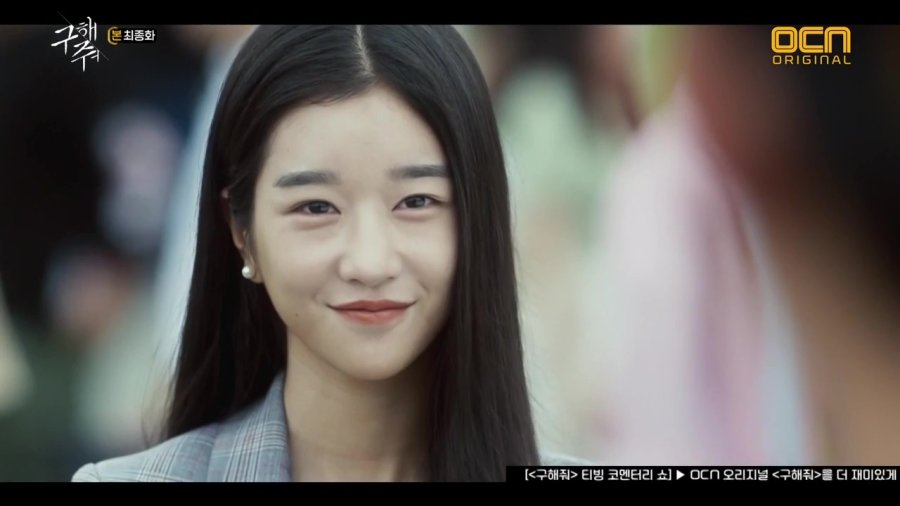
We’ve made it all the way up and over the plot diagram, but I still have some things I want to talk about, like twists and villains. Those concepts will get articles of their own, though. For now, let this piece serve as my basic interpretation of how a plot should be structured to squeeze maximum entertainment out of it. This piece is how I feel a plot curve can best be used, but my opinion is not the only one, the most important one, or the most correct one. Make sure to leave a comment below about whether you agree or disagree.


